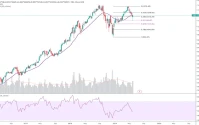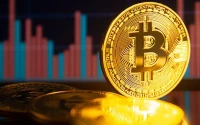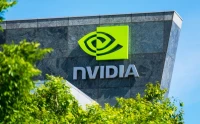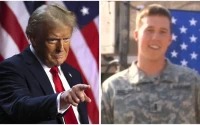Title: South Korea's $400 Billion "Bribe": A Data Analyst's Take
The headlines are screaming about Samsung and Hyundai's massive $400 billion investment in South Korea. It's being painted as a patriotic act, a bulwark against a trade deal that threatened to bleed Korean capital into the U.S. But let's be honest, folks: this smells more like damage control than national pride.
The Tariff Trap
President Lee Jae Myung's meeting with the heads of seven major conglomerates on November 16, 2025, is the key here. The context? A new Korea-U.S. trade deal. The quid pro quo? Korea promises a $350 billion investment package in exchange for lower tariffs – 15 percent on most exports to the United States. It's a tariff war, plain and simple, and Korea just blinked. They're calling it "reciprocal," but I'll believe it when I see the numbers on that side of the equation.
Samsung, predictably, is leading the charge. A pledged 450 trillion won – that's $310 billion – over five years to expand chip manufacturing. It's a hefty sum, no doubt. They're throwing a bone to the AI crowd with a large-scale AI data center in South Jeolla, supposedly securing 15,000 GPUs by 2028 for the little guys (academia, startups, SMEs). But how many of those GPUs will actually end up in the hands of those smaller players, and what will be the cost of using them? I’d wager the fine print is thicker than a phone book. And Samsung Electronics is planning a local production line for FlaktGroup, a European HVAC company they acquired. Smart move, given the AI data center play. Gotta keep those chips cool, after all.
Hyundai isn't far behind, pledging 125.2 trillion won in Korea through 2030. That’s a significant jump from the 89.1 trillion won they invested between 2021 and 2025 – a 40% increase, roughly. They're talking up new businesses: AI, software-defined vehicles, robotics, hydrogen. The buzzwords are all there. But dig deeper, and you see 36.2 trillion won is just "standard investment" for regular operations. That’s business as usual, folks. Not exactly a revolution.
They're also aiming to boost overseas shipments. From 2.18 million vehicles in 2024 to 2.47 million by 2030. A bump, sure, but is it enough to justify the hype? And they'll shoulder the tariffs for their parts suppliers. A noble gesture, perhaps. But is it sustainable?
The Fine Print is a Killer
Nvidia’s CEO, Jensen Huang, is promising 260,000 GPUs to Korea, with 50,000 heading to Hyundai. Sounds generous, right? But what's the cost of those GPUs? Are they getting a sweetheart deal, or is this just another way for Nvidia to lock in a massive customer? And what about SK Group promising at least 600 trillion won in investment in Korea for AI and chips, hiring around 20,000 employees every year? Sounds impressive, but that's a vow, not a done deal. I've seen plenty of "vows" evaporate when the market turns sour.
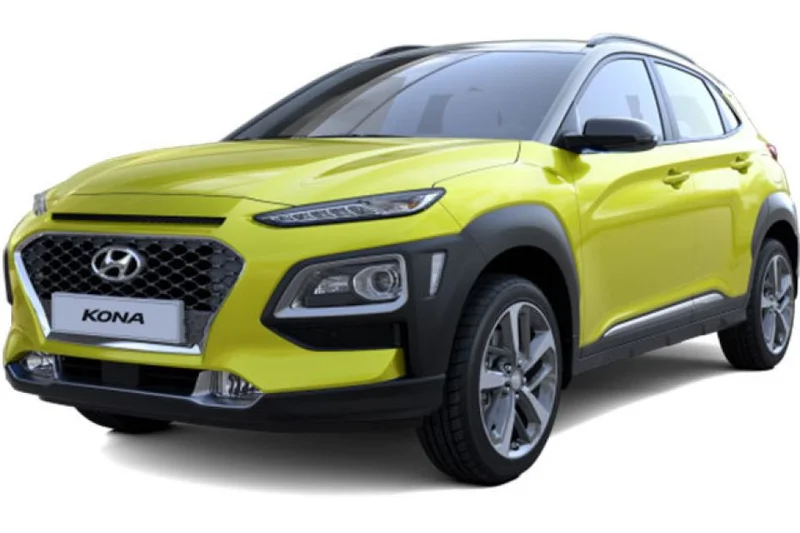
Then there's the U.S. side of the equation. Investment projects will be selected by Trump, based on recommendations from an investment committee chaired by U.S. Secretary of Commerce Howard Lutnick. Kim Jung-kwan will head the Korean side of the consultative body. The projects have to be "commercially reasonable." But who defines "commercially reasonable"? And what happens if Trump decides he wants a shipbuilding plant in a state that isn't exactly known for its shipbuilding prowess?
Here's where it gets really interesting, or perhaps cynical is a better word. The distribution of investment returns will be allocated on a 50-50 basis between Korea and the United States until principal and interest obligations are fully repaid. After that, the allocation will shift to a 90-10 split in favor of the United States. It’s like a reverse mortgage for an entire country.
Failure to meet U.S. investment contributions could trigger higher tariffs. So, Korea is essentially locked into this deal, no matter what.
Whose Interests Are Being Served?
President Lee Jae Myung voiced concerns that an intensified focus on U.S. investment could come at the expense of domestic spending. He's right to be worried. This whole deal feels like Korea is being strong-armed into subsidizing the U.S. economy. They’ve secured a commitment that chip tariffs applied to Korean exports will be “no less favorable than the terms that may be offered in any future agreement covering a volume of semiconductor trade at least as large as Korea’s.” But is that really a win when tariffs on steel products will remain at 50 percent? It seems like they are only winning where they were already winning.
Samsung began structural construction of its P5 plant in Pyeongtaek, Gyeonggi, which has been on hold since 2024 due to a market downturn, with mass production set to begin in 2028. This makes me wonder: How much of this $400 billion investment is actually new investment, and how much is just re-branding existing plans to appease the U.S.? I've looked at hundreds of these filings and this one doesn't smell right.
Just a Fig Leaf?
This $400 billion investment looks less like a strategic masterstroke and more like a very expensive Band-Aid on a gaping wound. The devil, as always, is in the details, and the details suggest Korea may have gotten the short end of the stick.

